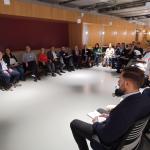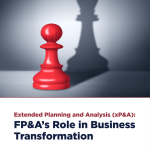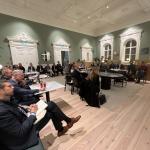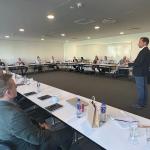The second meeting of the Finnish chapter of the International FP&A Board took place in Regus Signature Erottajankatu on the 9th of April, 2024.
The event was hosted by Larysa Melnychuk and sponsored by Wolters Kluwer/CCH Tagetik. We are grateful to Operaria and IWG for their support with the event preparations.
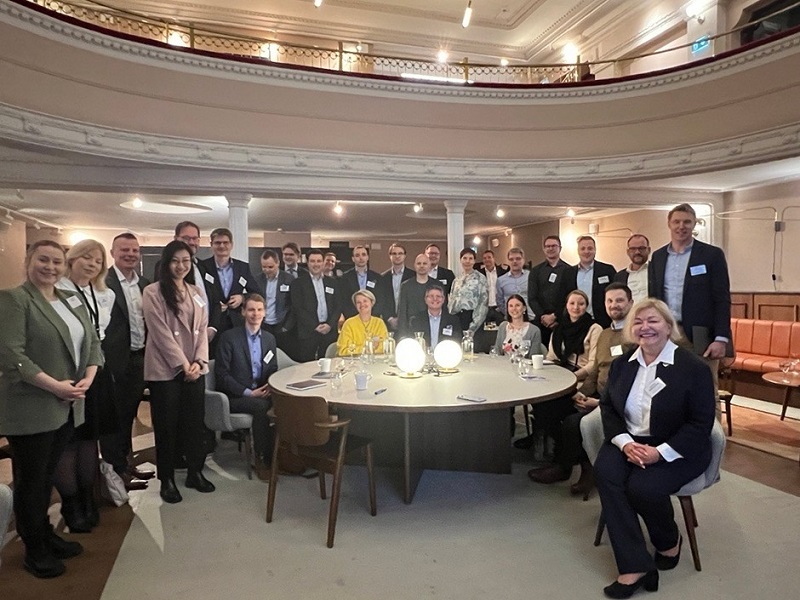
Figure 1: Helsinki FP&A Board №2, April 2024
34 finance practitioners and thought leaders from companies like Terveystalo, Greenstep, Outokumpu, Lindström, Mercell Group, EY, Metso, Fiskars, PPG-Tikkurila, F-Secure, Raute, Kemira, Tietoevry and many others participated in the event.
Identifying Challenges and How To Overcome Them
The group discussed the key challenges within FP&A. Helsinki FP&A Board members underscored that integration of systems, changing priorities, short reaction time and volatility of the market, data structures, ERP, technology and how people use it are the most frequent hurdles we face. Larysa presented a graph showing that the needle has not moved significantly in the past five years, and we still devote so much time to low-value activities.
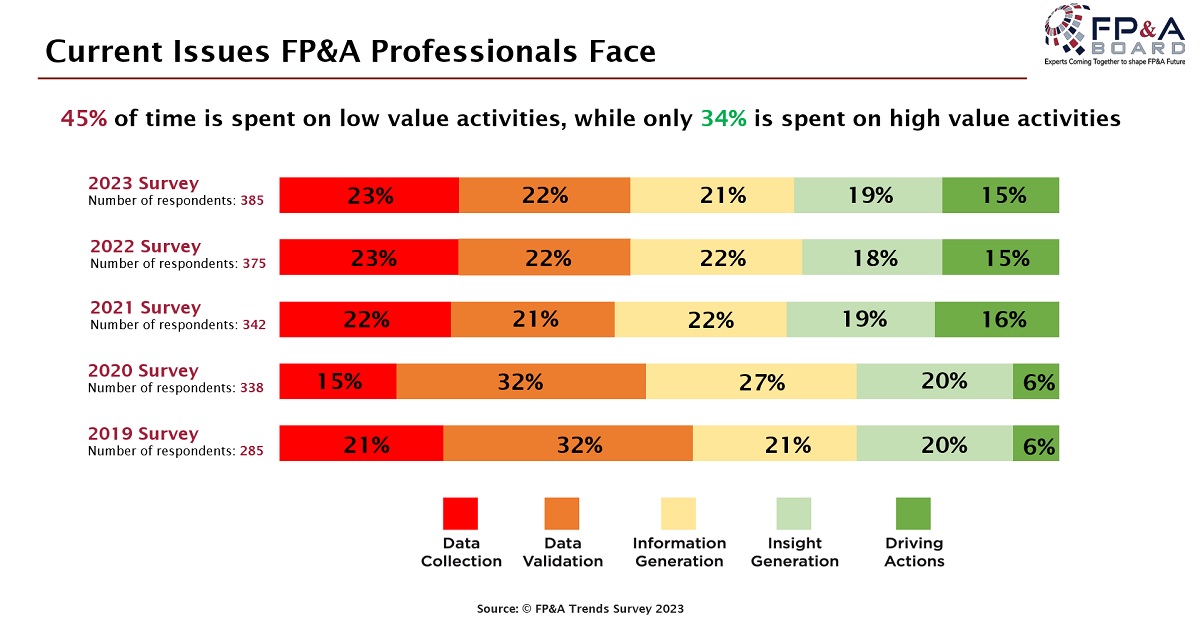
Figure 2
Even though the trend is positive and Artificial Intelligence (AI) may help us accelerate the development, there is still much work to be done. Larysa also introduced the definition of Extended Planning and Analysis (xP&A), which is outlined in the picture below.
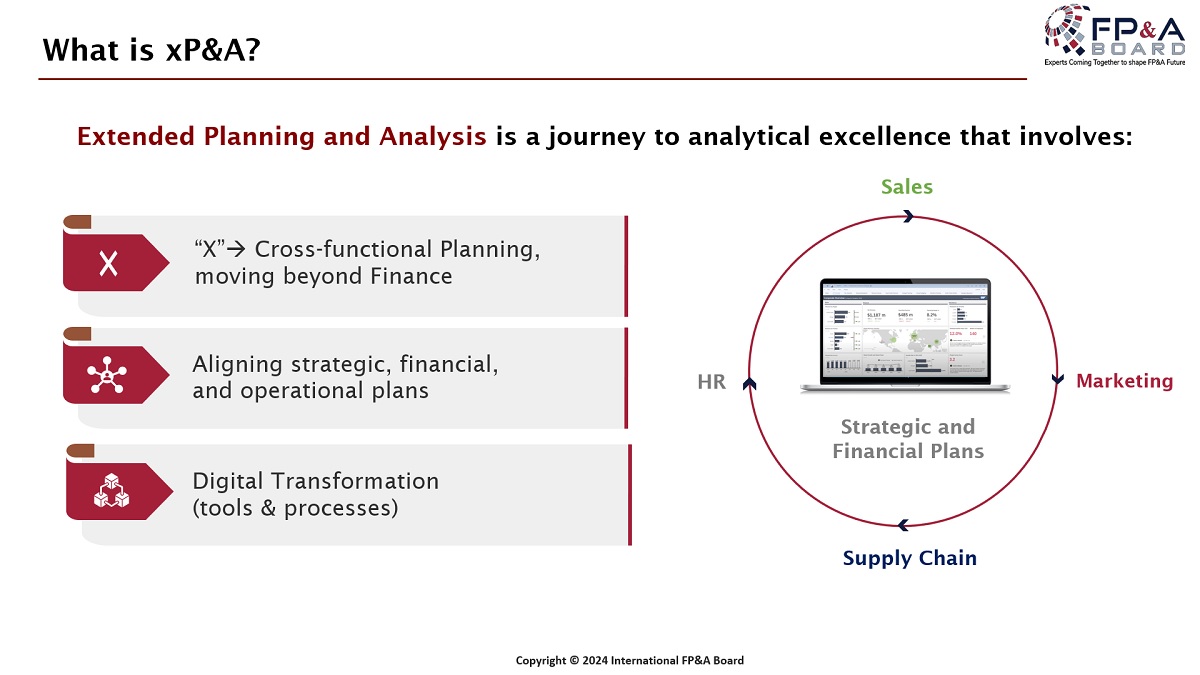
Figure 3
Helsinki FP&A Board members explored six success factors for establishing Integrated FP&A/xP&A. These factors include:
- identifying key drivers,
- developing a driver-based model,
- incorporating three statements (P&L, Cash Flow and Balance Sheet) into your model,
- establishing integrated processes,
- having integrated people,
- and working on an integrated platform.
Following the agenda, the Helsinki FP&A Board listened to a case study. Evgenia Elezova, Head of Finance at Lindström, presented her insights on how FP&A would benefit from cross-functional Business Partnering. In this two-year-long process, Lindström's 26 country business controllers contributed to the program of establishing trusted Business Partnering. This program included monthly meetings and developed not only hard but also soft skills such as presenting and communication.
Group Work
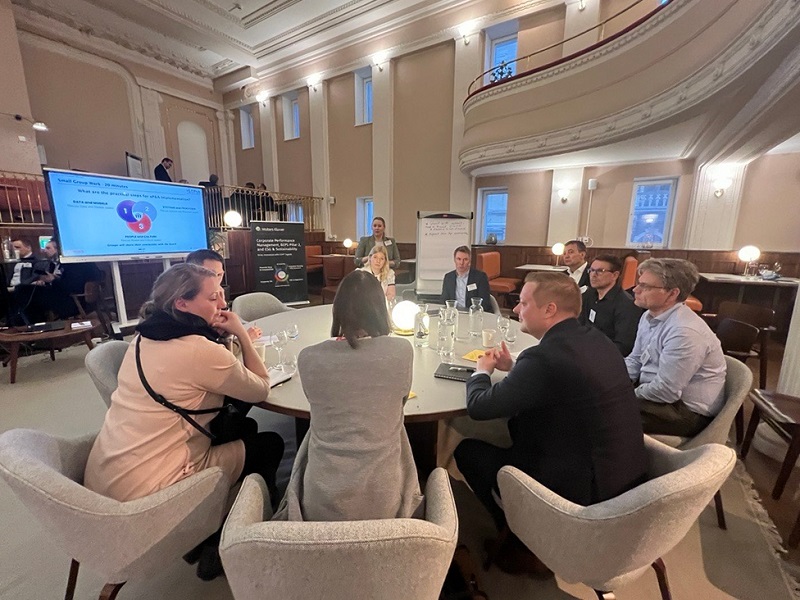
Figure 4: Group Work, Helsinki FP&A Board №2, April 2024
The last formal part of the meeting was dedicated to group work. The audience was divided into three smaller groups to discuss the key factors that will help find the right way to implement xP&A.
The first group had to discuss the topic of Data & Models, and they found that a commonly understood mission and vision were important. Effective communication of the upcoming roadmap should be used. Also, the importance of good collaboration was underlined.
The second group discussed the Systems & Processes. They pinpointed the need for clear requirements, connected Key Performance Indicators (KPIs), alignment and harmonisation.

Figure 5: Group Work, Helsinki FP&A Board №2, April 2024
The third group discovered the People & Culture side. It was discussed that a shared vision about the goals of xP&A, proper support from the top management and cultivating business acumen were key to successfully transforming the company model from traditional FP&A to xP&A.
Conclusions
The event ended with networking and discussing the findings and common challenges in the participants’ organisations. It was my first FP&A Board meeting, and I think this event was professionally arranged. Active participants made the event worth everyone's time.



